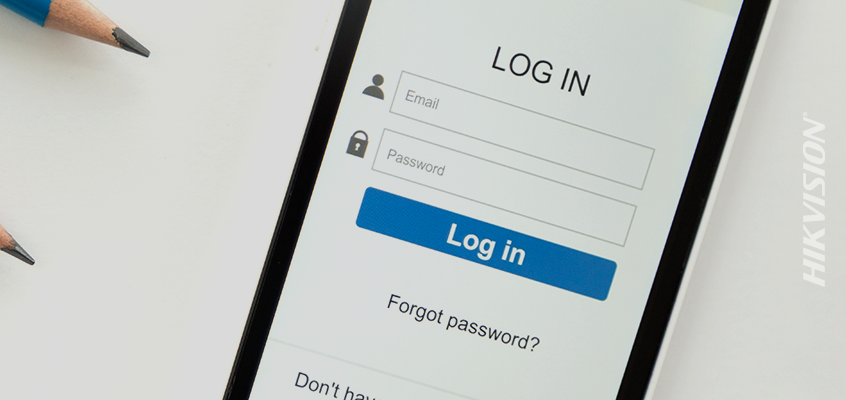SIA présente les 4 meilleures pratiques en matière de mot de passe pour prévenir les atteintes à la sécurité
Hikvision reconnaît NCSAM, fournit des conseils pour identifier les e-mails d’hameçonnage et empêche les programmes malveillants
Pour le Mois national de sensibilisation à la cybersécurité (NCSAM), une collaboration entre le gouvernement américain et l’industrie, la Security Industry Association (SIA) a présenté ses principaux conseils en matière de mot de passe pour prévenir les atteintes à la sécurité.
Extrait de l’article : « Le vecteur le plus courant d'une violation de la cybersécurité est un mot de passe non sécurisé, et ce pour une bonne raison : la maintenance du mot de passe est fastidieuse et souvent ignorée. Comme les mots de passe constituent une surface d’attaque bien connue, il existe de nombreux outils et astuces utiles pour la sécurité des mots de passe. ”
Voici les quatre meilleures pratiques de SIA pour développer des mots de passe forts tirées de l’article :
1. Créez des mots de passe forts et uniques. L'utilisation d'une phrase secrète est préférable à un mot de passe, tel que « CuddlesGetsBirthdayCakeonJuly22 !» Au lieu de « Cuddles722 », en référence à votre chat. « C’est plus long, mais tout aussi facile à retenir et beaucoup plus sûr », selon SIA.
2. Établissez un mot de passe unique pour chaque compte. Évitez d'utiliser le même mot de passe pour plusieurs connexions de compte.
3. Conservez vos mots de passe et réinitialisez les mots de passe par défaut lors de la configuration d'un nouveau périphérique ou compte.
4. Stockez vos mots de passe en toute sécurité. "Utilisez un gestionnaire de mots de passe avec un" mot de passe principal "fort, de préférence avec une authentification forte (par exemple, la biométrie, la confirmation de la clé mobile), pour toutes les ressources métier en nuage", extrait de l'article.
Hikvision reconnaît NCSAM avec sa propre série de blogs ce mois-ci, proposant les meilleures pratiques pour sécuriser nos foyers, notre lieu de travail et Internet dans son ensemble. Pour en savoir plus, vous pouvez lire notre dernier blog NCSAM, «Cybersécurité à la maison: Hikvision, directeur de la cybersécurité, parle de la sécurité et de la segmentation du réseau», à ce lien.
Hikvision a publié de nombreux blogs sur la cybersécurité offrant des conseils et des idées pour améliorer les mots de passe, identifier les courriels d’hameçonnage et prévenir les logiciels malveillants. Cliquez ici pour en lire plus.

